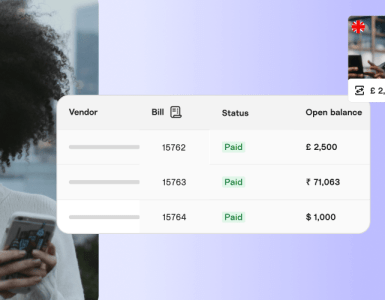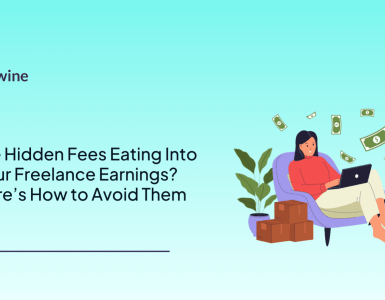Want to get a quality pitch deck design like the one below? Click here to post up a job brief and top quality designers will contact you with their rates
Your pitch deck, slide deck, or investment deck is the most important tool to get a meeting with an investor. It’s the startup executive summary, which is normally created in PowerPoint or Keynote.
Buffer famously shared their pitch deck on how they raised $500,000. That was nearly 4 years ago so I wanted to give back to the community by sharing our pitch decks that were used to raise over $1,000,000.
Pitch Deck Content
Our pitch deck went through 23 iterations for this investment round as I kept making changes based on investor feedback. Generally, your pitch deck should always be changing as your startup evolves.
When creating our deck, we had to convey both sides of our marketplace (buyers and creatives). We followed the format of:
- Opportunity – What big market changes are happening? Why is now the time for your startup matters?
- Problem (demand) – The problem companies have, our demand-side customer.
- Problem (supply) – The problem creatives have, our supply-side customer.
- Solution – How we solve this.
- Solution – A bit more detail on our solution.
- Stats – Supply-side, giving validation of why we matter.
- Stats – Demand-side, our current focus.
- Business model – Simply how we will monetize.
- Route to market – High-level growth plans, more detail given in the appendix.
- Team – Some validation on why we are the team that can pull this off.
- Appendix – more specific details on financials, projections, competition and route to market.
The overall flow is an introduction, problem, solution, and then validation. You validate the proposition through traction (data, deals, awards, or previous investment), your team, the details in your business model, and the route to market. Different investors will focus on different areas. Sneaky tip: you can track how long the investor dwells on a page using DocSend to indicate their interests.
Pitch Deck Design
The first thing I worried about when designing our deck was the content than the style and quality. I felt it was very important to have a well-designed deck to make sure we stand out. Luckily I knew just the place to find them – full disclosure, I’m CEO of Twine where you can hire creative freelancers.
The startup investment world is so competitive now, you need to set yourself apart. Though the idea and execution are the most important parts, the design still matters. Daniel Eckler, founder of Mylo puts it nicely:
“Compare it to wearing a tie and pressed button up to a job interview: it won’t get you the job, but it will prevent you from having to dig yourself out of the hole a wrinkled tee and cargo shorts would have created.”
Airbnb, MixPanel, and Dwolla all had great deck designs which helped set them apart. What particularly helped them succeed was that all their decks had a minimal style, with a low amount of text, that was highly visual.
The deck
Without further ado, this was the final deck we used.
This isn’t our full deck, I removed 5 sensitive slides in the Appendix: Financials, Projections, and Marketing Strategy. These slides were more detail-heavy but still followed the design style.
The drafts
I won’t list all 23 drafts, but here are our 1st and 12th iterations which give you an idea of the process. And yes, we used these live with real investors. Just remember to target friendlier or safer targets first.
1st draft
You can see the design was worked on early in the process but the copy changed a lot. The opportunity slides were completely different because we were still trying to understand where we fit into the wider market and what really resonates with investors. Also, the first iteration was far more text-heavy.
12th draft
In our 12th draft, we reduced the opportunity slides from 2 to 1, changed the traction slides, and improved the route to market slide.
I still felt the beginning of the deck was weak, which is the most important part. We were too focused on the incumbents in the industry rather than the mega-trends of freelancing and content marketing.
Also, our proposition for supply and demand made the 12th draft confusing. Who were we solving problems for? What were their problems?
–
We’ve raised $1,100,000 at the time of writing, which by no means makes me an expert, but hopefully, you can learn from some of my mistakes. Use this template to recreate the structure and explore similar high-performing decks.
Ready to hire? Our marketplace of over 800,000 freelancers has the skills and expertise needed to skyrocket your business to the next level. From marketers to designers, copywriters to SEO experts – browse the talented bunch here!



